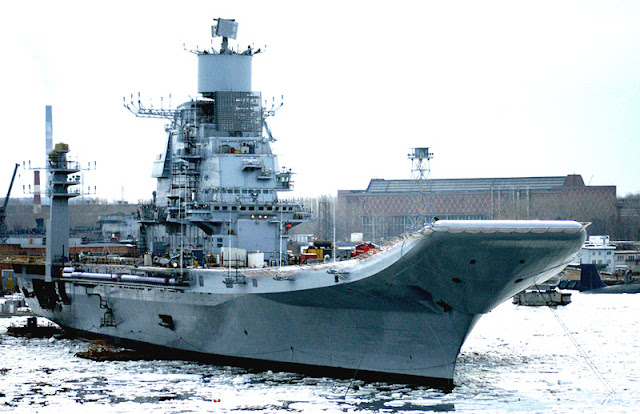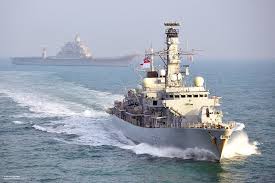
India, long regarded as a key maritime power in the Indian Ocean, has set its sights on an ambitious expansion of its naval capabilities, particularly its aircraft carrier fleet.

With the strategic landscape of the Indian Ocean evolving and the presence of competing powers becoming more pronounced, India plans to make a significant shift in maritime strategy and regional power dynamics.

Swaran Singh, an international-relations professor at Jawaharlal Nehru University, highlights that the strategic challenge across the Indian Ocean has been of concern for Indian policymakers and defense planners.

Given that roughly 80% of India’s crude oil and 95% of its trade passes through this region, the strategic value of the Indian Ocean to Delhi cannot be overstated.

Defense Minister Rajnath Singh’s recent statement, suggesting that India will not stop at three carriers and “will make five, six more,” has stirred intense speculation and debate. With two carriers already operational and plans for a third in the works, India’s ambition for a five to six carrier fleet would approach the numerical strength of the US Navy’s supercarriers.

The Indian Navy currently operates the 45,000-tonne Vikramaditya, a refurbished Soviet vessel, and the indigenous Vikrant.Plans for the third carrier, initially thought to be a larger design, seem to be settling on a vessel similar to the Vikrant, estimated to cost around $5 billion, significantly less than the $13 billion price tag for a US Ford-class supercarrier.

However, Anushka Saxena, a research analyst at The Takshashila Institution, warns that the path from “visionary blueprints to operational trial sails on blue oceans” is long, with the commissioning of carriers such as the Vikrant taking over a decade.

Saxena also points out that fluctuations in the navy’s budget and changes in political views on carriers may impact the ambitious plans.

The debate is not just about numbers but about capabilities. India’s carriers, while smaller, are part of a broader strategy. Aircraft carriers enable power projection, support peacekeeping, humanitarian, and anti-piracy missions, thus playing a critical role in maritime strategy.

The consensus among maritime observers, as voiced by defense analyst Abhijit Singh, is that aircraft carriers remain central to India’s strategy, both for their ability to dominate littoral zones and for their peacetime roles.

Moreover, carriers are symbols of national power, a sentiment echoed by Pooja Bhatt, a Delhi-based maritime and regional security analyst, who notes that a combination of carriers and faster, smaller vessels would suit India’s geostrategic situation and aspirations better. This aligns with the Indian Navy’s focus on a carrier-centric sea control naval operational concept.

India’s indigenization efforts further underscore the nation’s commitment to strengthening its naval force. Initiatives to develop arresting and restraining gear, Precision Approach Radar, and repair capabilities for the MiG-29K carrier-based fighter within the country, as reported by Naval News, highlight a strategic move towards self-sufficiency in defense technologies.

However, the juxtaposition of expanding carrier capabilities and the need for other critical assets, like nuclear-powered submarines, presents a conundrum for India’s defense planners. The challenge will be balancing aspirations with fiscal realities and operational necessities.

While the actualization of a five to six carrier fleet remains uncertain, the strategic intent is clear that India is positioning itself to maintain and extend its maritime dominance in the Indian Ocean.

Whether this strategy will unfold as envisioned will depend on a complex interplay of economics, geopolitical dynamics, and technological advancements. What remains evident, however, is that India is charting a course for a future where it remains a preeminent naval power in its maritime neighborhood.
Relevant articles:
– As India plays catch up with China’s aircraft carriers, high costs loom large, South China Morning Post
– Why India wants another aircraft carrier, Asia Times
– A bizarre comment stirred speculation India may try to match China’s carrier fleet, Yahoo News Canada

